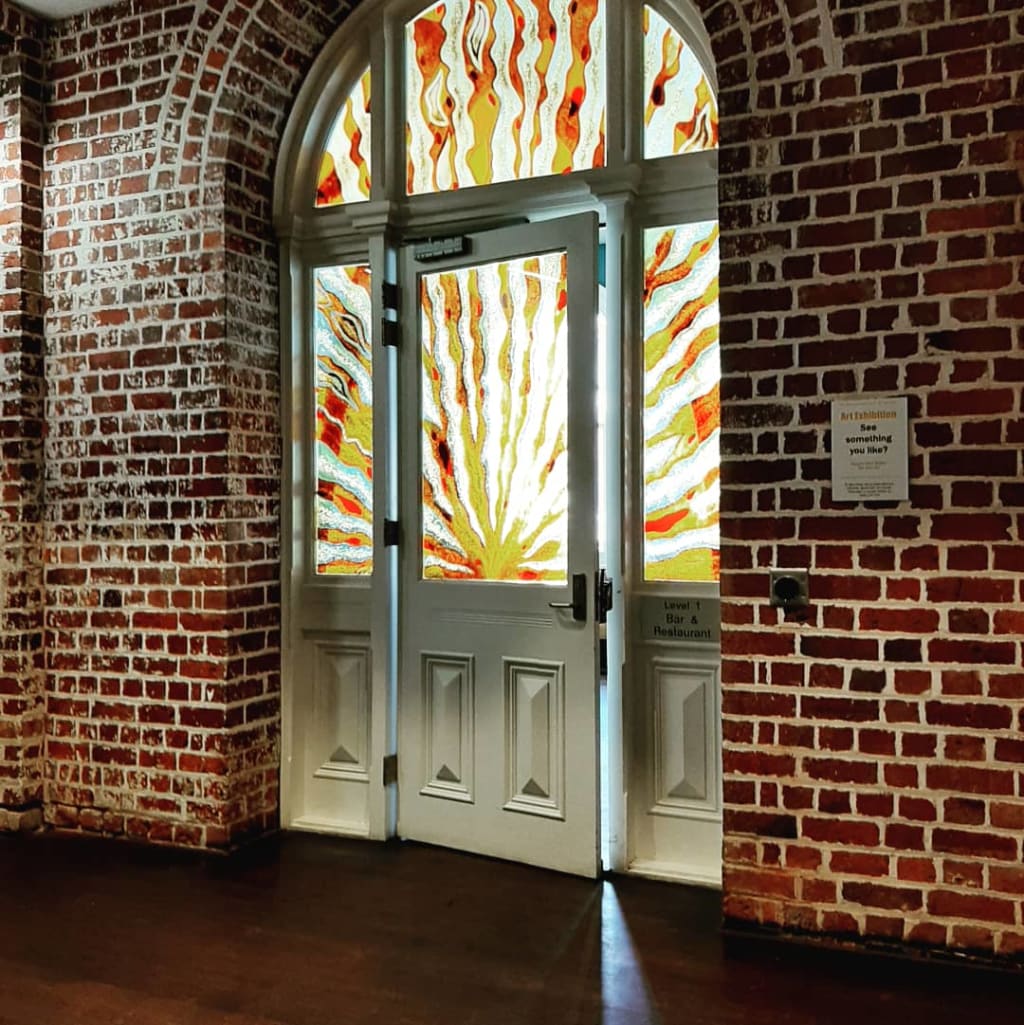
Babel. The definition of the word Babel is a scene of noise where many voices create confusion (Merriam Webster, 2018). This is exactly what the film, Babel is, jumping from scene to scene to challenge and confuse the audience, and yet ingeniously forcing them to link scenes and infer the deeper meaning. Throughout the narrative film, Babel, director Alejandro González Iñárritu, effectively illustrates the cultural diversity, experiences, people and places to challenge young people to formulate opinions and to empathise. Accordingly, as targeted audiences watch this film, the director successfully begins to eliminate prejudice, judgement and stereotypes that are prevalent in society. Additionally, the use of multiple cultures became an effective, non-bias and creative manipulation in the film that victimised more than one culture, whether developed or undeveloped. The film techniques, camera shots and themes helped expose the young audiences to display the confronting reality of poverty, relationship conflict and miscommunication.
Likewise, the film successfully highlights experiences from other cultures to allow youth to compare their home environment to that of other people. After viewing the film audiences can juxtapose their developed, safe and hygienic environment to that of another country that is undeveloped and poverty-stricken. The most prominent scene that demonstrates relationships, is the shooting in Morocco, where Yussef and Ahmed show innocence and ignorance until the pivotal accident, which in turn becomes a tragic learning experience. Through this scene tension is built up through extreme long shots displaying a set of isolation and undeveloped land, thus inviting the audience to empathise with the harsh environment and lifestyle conditions inflicted on these people. Through this, the director calls to the audience to draw attention to the experiences of other people in correlation to the audiences’ personal experiences, which helps successfully achieve an empathetic response. Additionally, tension is also efficiently built up through the minimal diegetic and non-diegetic sound which gives the audience an opportunity to reflect. Accordingly, through the minimal sound and dialogue, as the two sons take turns of the rifle, the gunshot sound effects act as a metaphorical countdown before the shooting of Susan. In correlation, the inventive manipulation of sound effects, camera shots, poverty and experiences, achieved not only in conveying the director’s intention but also to show the confronting reality of other cultures when compared with personal experiences.
In addition, the director also utilises the theme of people and relationship conflict within any society. This is displayed in the pivotal scene where the characters, Susan and Richard are seeking help from an undeveloped, rural town. Here explores the stereotypes and prejudice particularly when Susan panics trying to stop Richard from leaving her in an unfamiliar room with unfamiliar people. Susan acts as a “victim” of the unprofessional medical assistance where they use a sewing needle and thread to stitch up her bullet wound. However, when analysed she is not a victim but rather a patient with only access to medical knowledge of a poor location, unlike her own. To give the audience a sense that Susan is a victim and create tension, the film showcases low angle camera shots. Not only was this an effective choice to highlight the lack of medical professionals but by dramatically rising tension. The audience cringed and simultaneously empathised greatly with experiences like this, that they would otherwise not have thought of. In addition to the tension, this scene reduced any non-diegetic sound and volumized the diegetic sound to make the situation more realistic as well as the shrieks of pain from Susan. Finally, costumes were also used to illustrate the cultural segregation between the simple and worn clothing of the Moroccan people in relation to the colourful, posh and contemporary clothing of the American tourists. The director intrigued and impacted the perspectives of the young audience, by building tension to magnify the empathy needed for underdeveloped countries and the focus on people, not just stereotypes.
In correlation, throughout the scene where Aunt Amelia and the children are travelling from Mexico to Los Angeles, which illustrates miscommunication and the assumptions based around communication barriers. During this scene, the border guards apply stereotypes to Amelia as her personal defence is limited through her language barriers. These stereotypes controlled the outcome of the situation making it go from miscommunication to a dangerous environment. The director included this scenario to present to young audiences the racial prejudice suffered in reality and the lack of empathy. To connect the audience to this message, low angle camera shots were manipulated to victimise Amelia and display the power the border guards have. Through this, tension is exemplified as the audience knows the background of Amelia that the guards do not. Likewise, tension is built using darker lighting to set the negative mood of the scene and creates a barrier for any non-verbal communication like open and closed body language. Another pivotal factor of the film that displayed the theme of miscommunication, was situations where Chieko felt excluded due to her verbal and hearing disability. In the film, Chieko signs, “[signing] They look at us like we are monsters.” (Babel, 2006). This quote shows the ignorance and lack of exposure young people have towards other people and experiences different from their own. Like Amelia, Chieko felt frustration through the lack of understanding people had and responded with stereotypes rather than understanding, as well as low camera angles to show a lack of power. Which, reiterates the director's key message and explicit aim to resolve judgement.
To conclude, the film Babel successfully communicated the intended message through ingenious utilisation of film techniques, camera shots/angles, sound, costumes and set. As well as themes of people, experiences and miscommunication, which inspired the audience to relate themselves to the film and the key message. The director connected to the audience by attacking their emotions to cause empathy for other cultures. The significance of empathy is to decrease derogatory attitudes, stereotypes and racial prejudice and strive towards an open-minded, respectful and empathetic society. The director calls to you as a young audience member, to evolve from primitive social injustice as the next generation, to seek empathy.






Comments
There are no comments for this story
Be the first to respond and start the conversation.